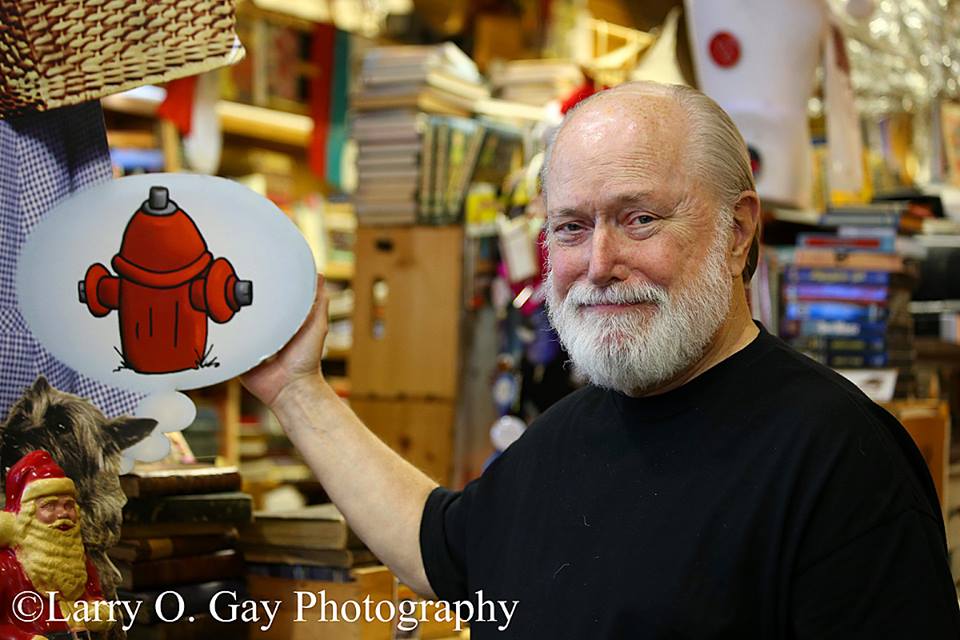HOW TO WRITE ABOUT A PEBBLE
Click below to listen…or read on…
http://www.jimreedbooks.com/mp3/howtowriteaboutapebble.mp3
I am regarding a pebble.
This particular pebble rests comfortably in the palm of my right hand.
Editorial correction: A pebble, which is inanimate, cannot rest comfortably, since that suggests some kind of will, a sort of purposeful action on the part of the pebble. It would be more accurate to say, “I am balancing this pebble in the palm of my hand, where it will remain until I decide to move it. It cannot move itself.”
This pebble is smooth and time-weathered and at first cold to the touch.
Slowly, heat from my palm transfers to the pebble, making it less than cold and closer degree by degree to the temperature of my palm.
Editorial correction: From my human perspective, I am making assumptions that may have no basis in known reality—I don’t really have proof that this pebble has been worn by nature, since it might have been thrown into one of those rock-smoothing machines and forced into simulated time-weathering. It might be more accurate to say, “This pebble is smooth, made so by forces of which I am not aware…”
Was this the pebble slung by David to topple the bully Goliath?
Or is it just a foundling awaiting the next post-holocaust race of small children who will pick it up for their homemade slingshots, or paint a tiny face thereon in lieu of store-bought dolls?
Editorial correction: We don’t know whether the Goliath story is accurate—perhaps he wasn’t a bully but a conscripted warrior who, because of his size and political vulnerability, was forced to battle the kid with the pitching arm. Maybe he was just a scapegoat or a foil.
And so on.
Storytellers and philosophers and scientists and artists see pebbles in different realities, in sometimes diametrically-opposed mythologies. Each has a right to see a pebble in a highly individualistic way. Each is allowed to describe the pebble according to wishes, desires, training, each has a special parallax view. It is up to the writer of the moment to pull these disparate perceptions together into a work of art—such as a story or a treatise or a rainy-Sunday-afternoon meandering column such as this one resting within your field of vision
(c) 2012 A.D. by Jim Reed
